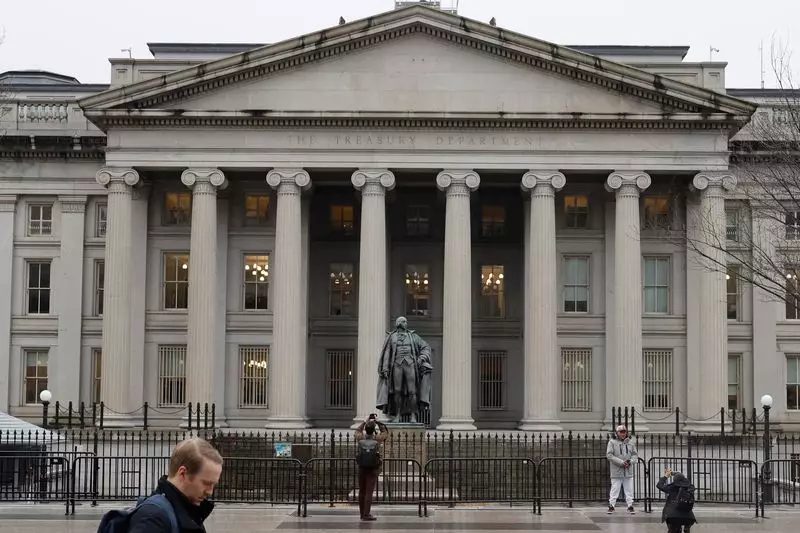The U.S. federal government has earmarked a staggering $6.8 trillion for spending in the fiscal year 2024. This figure has sparked significant debate about the necessity and feasibility of cutting expenditures. Despite increasing calls from policymakers and analysts advocating for more restraint, substantial reductions appear improbable due to entrenched structural issues and political dynamics that favor maintaining existing spending levels.
Mandatory Spending Predominance
A significant component of the federal budget is mandatory spending, which comprises critical programs such as Social Security and Medicare. In 2024, these mandatory outlays accounted for an enormous $4.1 trillion. Such expenses are notoriously difficult to cut, especially considering their popularity among voters. According to experts, particularly those at Wells Fargo, any attempts to reduce these outlays would carry significant political risks, primarily because they directly impact senior citizens and vulnerable populations. For instance, Social Security alone represents a $1.4 trillion cost, highlighting the hefty financial commitment involved in these crucial programs.
Another pressing issue is the interest payments on the national debt, which hover around $950 billion. These payments cannot be slashed without potentially jeopardizing the financial stability of the nation. This tightrope act complicates the budgetary landscape, particularly when combined with discretionary spending, which totals approximately $1.8 trillion. Within this, defense spending constitutes nearly half. Given the current geopolitical tensions, a significant cut to the Pentagon’s budget seems unlikely. Furthermore, non-defense discretionary spending, which funds essential services and agencies, is already operating at historical lows.
The Need for Congressional Action
Making any meaningful changes to federal spending would necessitate adept navigation of congressional procedures. Achieving major cuts would typically require bipartisan support, often needing 60 votes in the Senate. This level of consensus is challenging to secure, especially in a highly polarized political climate. While it is possible for the president to reverse certain executive actions, any savings generated in this manner would be modest compared to the monumental $26 trillion deficit anticipated over the next decade.
While analysts expect some marginal reductions in federal spending and employment in the coming years, these are unlikely to be dramatic or transformative. The reality remains that the majority of U.S. federal spending is entangled in programs integral to American voters, limiting the scope for substantial adjustments. Stakeholders at all levels will need to confront these financial realities head-on as they navigate the complexities of budget management in the years to come. As discussions on fiscal restraint continue, a delicate balance must be struck to ensure social programs remain intact while also addressing the nation’s hefty debt load.

